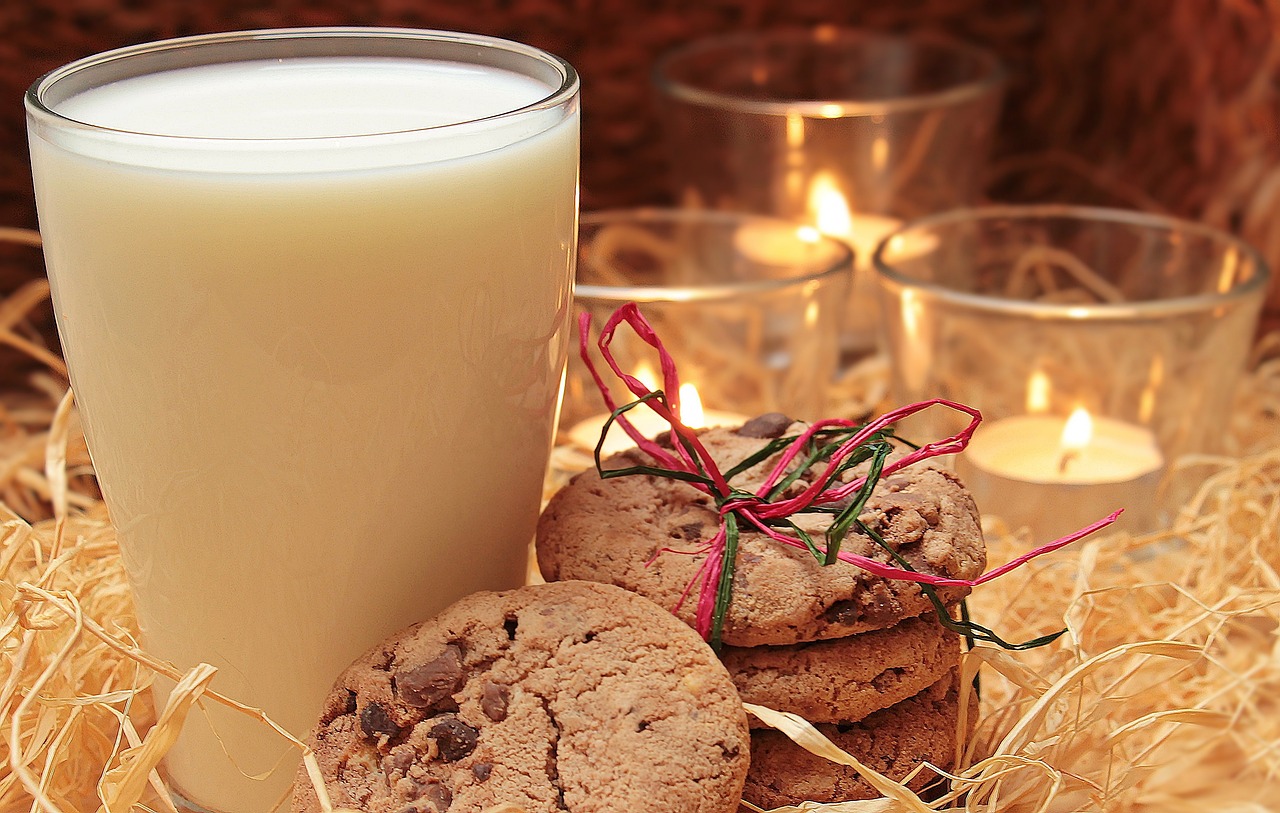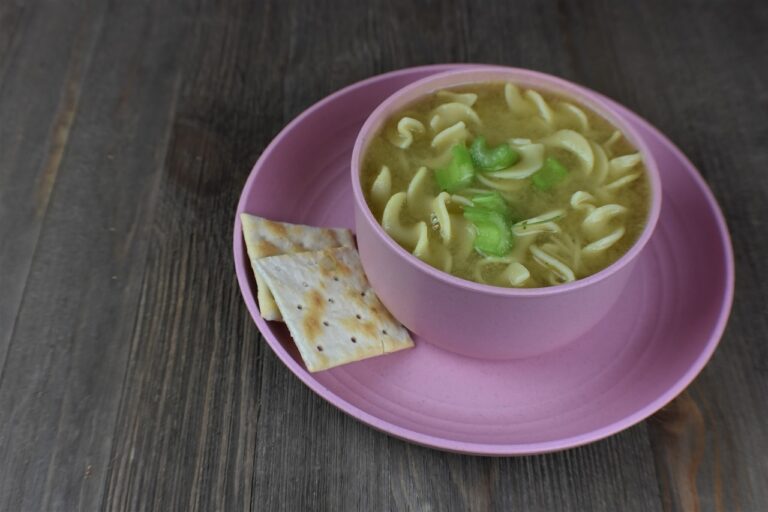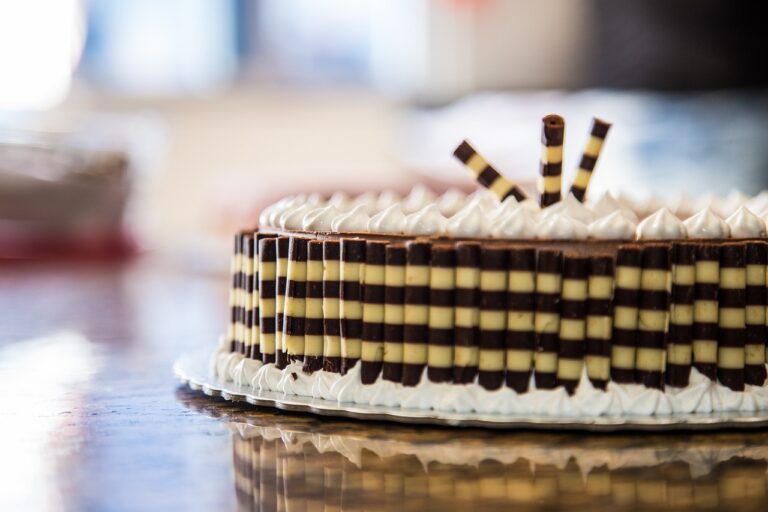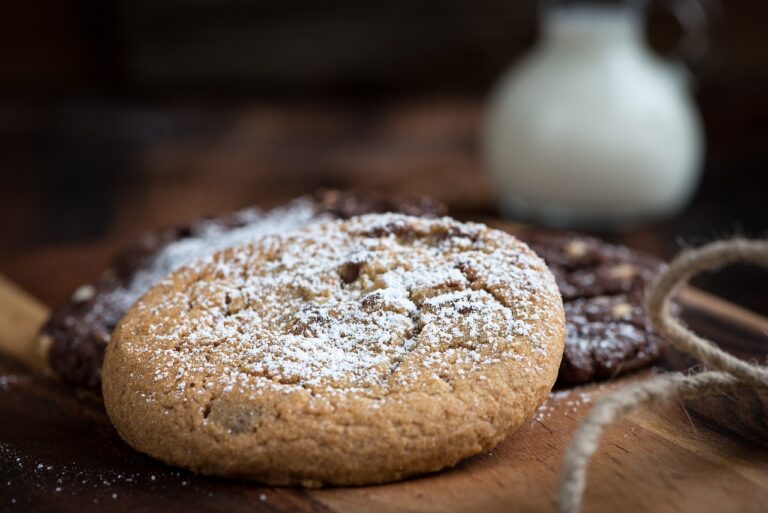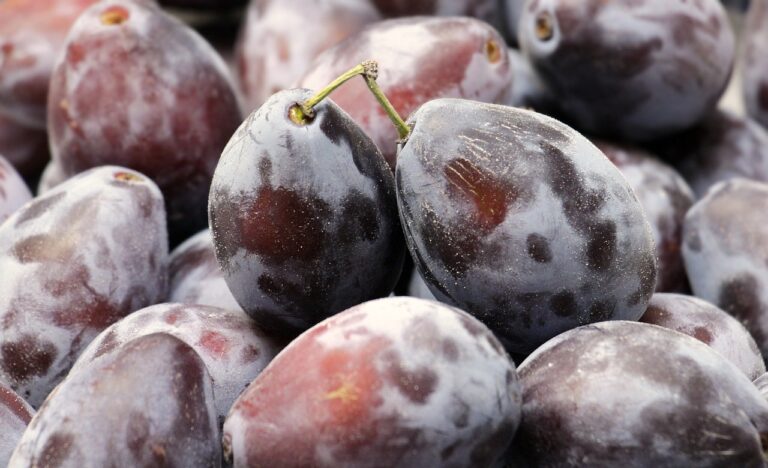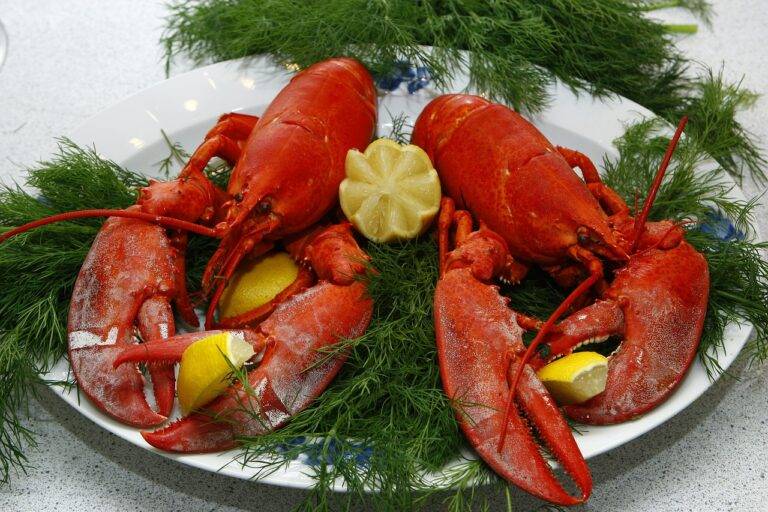The Art of Food Preservation: From Canning to Fermentation
Preserving food has been a practice since ancient times, serving as a crucial method to ensure food security and minimize waste. Before refrigeration and modern technology, preserving food was essential for survival during times of scarcity. By extending the shelf life of perishable items, individuals and communities were able to safeguard themselves against food shortages and unpredictable harvests.
Additionally, food preservation enables individuals to enjoy seasonal produce all year round, regardless of when the fruits and vegetables are typically available. This allows for a diverse and nutritionally balanced diet throughout the year, promoting better health and well-being. Preserving food also offers economic benefits by reducing food waste and lowering grocery expenses, making it a practical and sustainable choice for many households.
• Preserving food has been a practice since ancient times
• Extending the shelf life of perishable items was essential for survival
• Food preservation allows individuals to enjoy seasonal produce all year round
• Promotes a diverse and nutritionally balanced diet throughout the year
• Offers economic benefits by reducing food waste and lowering grocery expenses
Different Methods of Food Preservation
Food preservation is a traditional practice with modern relevance. One of the methods utilized is drying or dehydrating food. Removing moisture from food slows down the growth of spoilage-causing bacteria, extending the shelf life of the food. Dried fruits, vegetables, and herbs are common examples of foods preserved through dehydration.
Another method of food preservation is fermentation. This process involves the growth of beneficial bacteria or yeast on the food, which produces lactic acid or alcohol, creating an environment unfavorable for harmful bacteria. Foods like pickles, kimchi, and yogurt are popular products of fermentation, known for their unique flavors and extended shelf life.
Canning: A Beginner’s Guide
Canning is a traditional method of food preservation that has been used for centuries to extend the shelf life of various food items. The process involves heating food in airtight containers to kill bacteria and other microorganisms, preventing spoilage and maintaining the food’s freshness. By creating a seal that keeps out air and contaminants, canning helps preserve the taste, texture, and nutrients of the food for long periods.
To begin the canning process, you will need canning jars, lids, bands, a canner, and the food you wish to preserve. Start by washing the jars, lids, and bands in hot, soapy water, then sterilize them by boiling in water for a few minutes. Next, prepare your food according to a trusted canning recipe, fill the jars with the food, leaving the recommended headspace, and wipe the jar rims clean. Lastly, place the lids on the jars, secure the bands fingertip tight, and process the jars in a water bath or pressure canner following the specific instructions for the type of food you are canning.
Why is it important to preserve food?
Preserving food helps to extend its shelf life, reduce food waste, and ensure that you have access to a variety of foods year-round.
What are the different methods of food preservation?
There are several methods of food preservation including canning, freezing, drying, pickling, and fermenting.
What is canning?
Canning is a method of food preservation that involves sealing food in jars and heating them to kill bacteria and create a vacuum seal.
How do I get started with canning?
To get started with canning, you will need basic canning equipment such as jars, lids, a canner, and a jar lifter. You will also need to familiarize yourself with canning recipes and techniques.
Is canning safe?
When done correctly, canning is a safe method of food preservation. It is important to follow proper canning techniques and recipes to ensure that your canned food is safe to eat.

